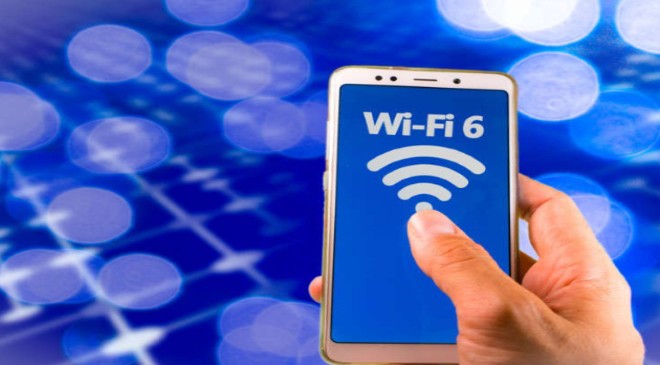When Geoff Turner was charged with bringing Wi-Fi to an olympic trials event in Blue River, Oregon, in 2020, he did not take the task lightly. As part of the Elevate Tech Group, a leading managed service provider in Oregon, Turner knew that bringing new technology to the community—which had recently been ravaged by forest fires—was about more than celebrating athletics; it was about helping the community connect.
The technology Turner chose was Cambium Networks, which had just offered a brand-new piece of hardware in the form of a XV2-2T Wi-Fi 6 solution. It was built for outdoor spaces such as campuses and farms.
“From a non-technical perspective, it was nerve-wracking going into the Olympic Trials with a brand-new piece of hardware,” Turner said. “We hadn’t opened it before getting there.”
But the solution exceeded his expectations.
Through “impressive” high-gain antennas, one access point covered the entire facility and offered streaming to 157 unique user devices—including those in the grandstand area, for the camera crew and others. Attendees could connect across the stadium to the AP at distances of several hundred meters with no issues, he said, with over 40 Mbps sustained downstream throughput at 1km range.
“We took a chance on a new piece of tech,” Turner said. The area had recently burned, and the track was used by many as a “safety net,” so they could be removed from the fires. “People camped out there for days waiting for fire crews to come back in,” Turner said.
Because of this, there was a political push to ensure that a connected solution worked well. A federally funded project helped bring internet bandwidth, and Cambium offered its product to try.
“Cambium understood that the budget was zero,” he said.
While companies like Cisco have “lost touch,” with small communities, according to Turner, he sees Cambium as a leader in helping out these areas. Turner has been working with Cambium for over two years. “When there’s a disaster, Cambium is trying to support those in need. It’s about doing the right things for your neighbors,” Turner said. They had previously shipped free radios down to the community during the fires. “Not a lot of businesses care about that any more.”
Because cell service doesn’t exist there, he said, Wi-Fi “was their communication method.”
The fires prove that traditional landline service is just “not what people need anymore,” Turner said. “They just need internet access. They can do Wi-Fi calling, Facetime, they can do business. The purpose wasn’t to allow for these things, but that’s what we saw it used for.”
Rad Sethuraman, vice president of product management at Cambium Networks, which started as a spinoff from Motorola, a fixed wireless company that expanded to Wi-Fi enterprise, said that his company’s mission is to connect people in “rural communities, developing nations.”
“When the need arises, we are there,” he said.
Globally, there are more than 3 billion people who are unconnected, he said, and “increasingly, we’re seeing economic and social benefits to Wi-Fi.”
Previously Cambium has worked on offering solutions at a base camp in Mt. Everest, for example. The solution allowed free access for locals, and paid access for tourists and climbers. “It was a self-funded model that was good for that community,” he said. Another project aims to help the government connect 800,000 villages in rural India.
Wi-Fi 6 is more efficient, by far, and helps connect people in the outdoors, which means blanketing whole campuses, he said. Because of the design, fewer access points are needed.
In North Dakota, Chaz Hager, CEO at North River IT, had a chance to provide coverage for an outdoor agricultural space. It was a rural location, where normally it would require “a pretty advanced design, along with an installation that would be pretty labor intensive by providing point-to-point solutions throughout the map,” Hager said. Depending on the size of the area, it could be complicated, he said.
His company had used Cambium for XV2 outdoor AP and decided to use the company again to install it on the multiple outdoor buildings, which don’t typically have wiring in between. This was where “the magic happened,” he said. “All of a sudden we had this capability that historically would have been either challenging or non-existent.”
It also allowed Wi-Fi calling where there was no cell service, a benefit he didn’t foresee.
“The coverage was just phenomenal,” he said. “It really solved some installation challenges.
Why was it so fantastic? “The way they did the antenna offset is quite unique,” said Hager. Also, a competitor, Ruckus, would not have the technology to work with the antennae positioning.
Hager sees “a huge need” for outdoor coverage in the future. “This kind of event was not unique to us,” he said. People are going all over to rural locations where LTE 5G is spotty. There’s a need for Wi-Fi to address it. Whether it’s a point-of-sale application on the food truck or Wi-Fi calling, business-oriented applications that wouldn’t have been a thing are now a thing, thanks to these solutions.”





























